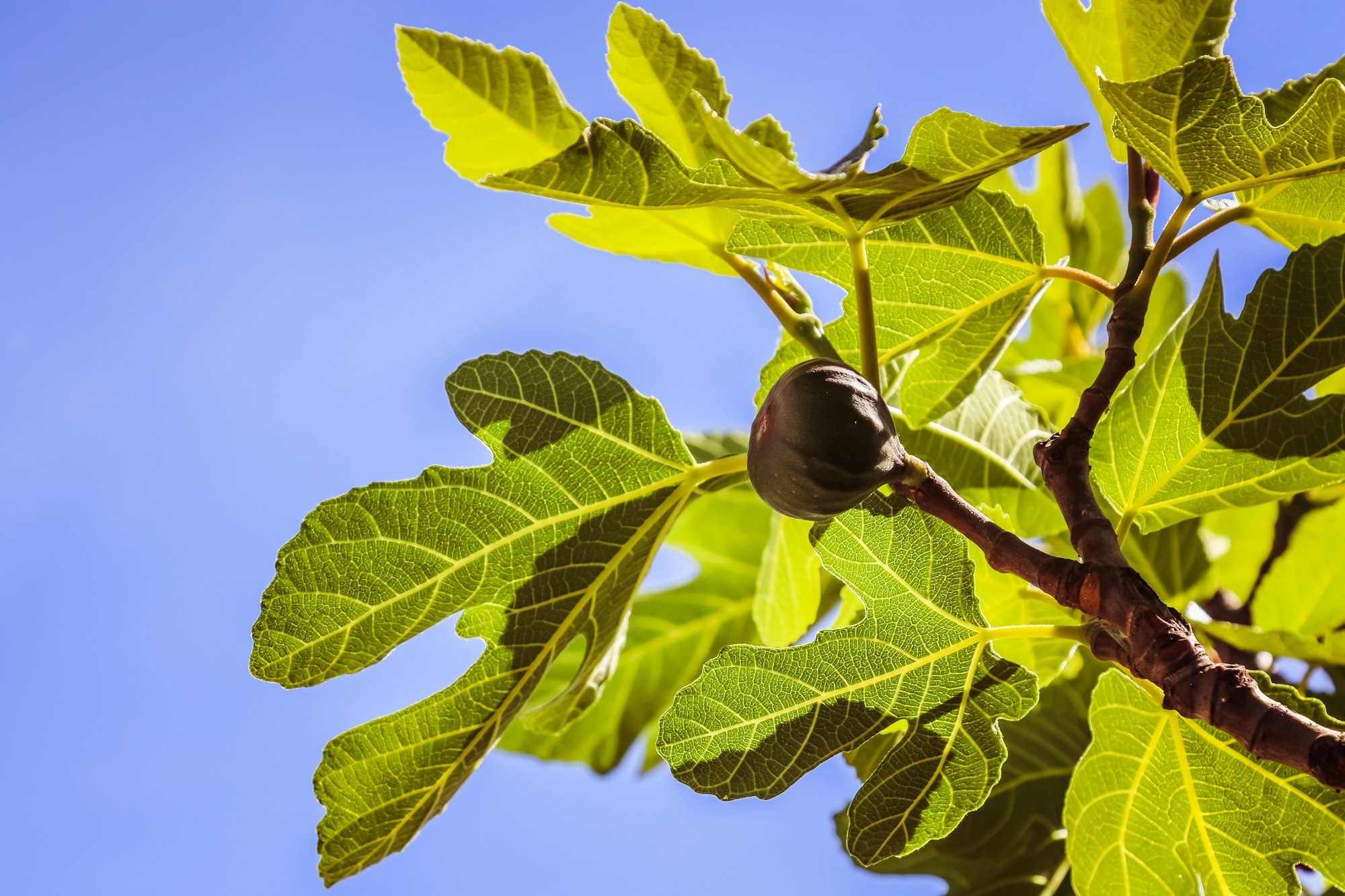How to Grow Figs
Growing figs can be a rewarding addition to your garden, as these iconic plants produce delicious fruit with flavors best experienced ripe from the tree. Unlike other fruits, figs ripen entirely on the branch, allowing you to harvest the freshest fruit from your tree.

Table of Contents
The common fig tree thrives in warm climates and does not require pollination to bear new fruit.
Caring for your fig tree involves choosing a suitable cultivar, watering, pruning, and harvesting the fruit.
Fig trees can be grown in both warm and temperate regions, with some patio-sized trees even able to be moved indoors for winter.
With extra attention and care, you can have a thriving fig tree that produces sweet, delicious fruit in your garden.
About Fig Plant
The fig tree, scientifically known as Ficus carica, belongs to the Moraceae family and is native to the Middle Eastern and Mediterranean regions.
It is well-known for producing the deliciously sweet fruit, the common fig.
Figs thrive in warm and temperate climates; with proper care, even patio-sized trees can be grown and moved indoors for winter.
When growing figs, you should aim for loamy, fertile, well-drained soil with a pH balance of 6.0 to 6.5.
Growing Figs
Choose the right time for planting fig trees, which is generally in mid-spring.
Living in a warmer climate, you can also plant in early fall. Select a location with well-draining soil, a pH balance of around 6.0 to 6.5, and where the tree can receive plenty of sunlight.
When planting figs in pots or containers, use loamy, fertile soil mixed with organic material like compost or well-rotted manure.
Position the pots in a sunny part of your patio, deck, or yard, and water them regularly while also providing monthly nutrients such as liquid seaweed (kelp), compost, or manure tea.

Caring for Fig Plant
Sun and Temperature
Figs thrive in full sun and warm temperatures, so choose a spot in your garden with plenty of sunlight.
In colder regions, consider patio-sized trees that you can move indoors for winter to ensure they receive proper warmth.
Water and Humidity
Water your fig tree regularly, especially during dry spells, but avoid making the soil too soggy.
While figs can handle a variety of humidity levels, maintaining consistent moisture is crucial for fruit development.
Soil and Fertilizing
Plant your fig tree in well-draining, fertile soil with a pH of around 6.0 to 6.5.
Enrich the soil with compost or well-rotted manure to provide necessary nutrients. Additionally, apply a balanced fertilizer periodically to support healthy growth.
Pruning and Propagation
Regular pruning helps maintain the fig tree's shape and encourages fruit production.
To propagate your tree, take cuttings from healthy branches and dip the ends in rooting hormone before planting in the desired location.
Troubleshooting Plant Problems
Growing Problems
When growing figs, providing steady water for shallow root systems is essential. To help with this, consider using drip irrigation.
If you find black or sour-smelling figs, it indicates souring, which can lead to losing all the figs on the tree.
Prune large shoots to about a third of their length to encourage fruiting and avoid overgrown vegetation.
Pests and Diseases
Some pests and diseases affecting fig trees include wasps, root-knot nematodes, and fungi infections such as Botrytis limb blight.
Botrytis limb blight can be recognized by cankers on the fruit's surface, a reduction in shoots, and dieback of branches.
To prevent premature fruit drop, use mulch, such as straw or grass clippings, to ensure root moisture.
Keep an eye on signs of pests and disease to maintain the health and productivity of your fig tree.
Conclusion
Caring for your fig tree involves proper sun exposure and conditions for optimal fruit production.
Ensure the planting location offers adequate sunlight and well-draining soil, as figs thrive in areas receiving 6-8 hours of sunlight daily.
Regular watering, essential during the growing season, and balanced fertilizer application contribute to healthy foliage and fruit development.
Finally, monitor your fig tree; with consistent care, you can enjoy a bountiful harvest of sweet, succulent figs for years to come.
Frequently Asked Questions
What is the best fertilizer for fig trees?
A balanced fertilizer is ideal for fig trees. For each year of the tree's age or every foot of growth, use one pound (0.5 kg) of fertilizer.
Can fig trees be grown indoors successfully?
Yes, fig trees can be grown indoors, especially patio-sized trees. Move them indoors for winter to protect them from harsh conditions.
How can I make my fig tree grow faster?
Ensure your fig tree receives regular water and balanced fertilizer. Additionally, prune the tree to encourage new growth and maintain a good shape.
What are the ideal conditions for outdoor fig tree care?
Plant fig trees in well-drained soil with access to full sunlight. Water them deeply once a week during the growing season and more frequently during hot and dry weather.
How large do fig trees typically grow?
Fig trees can grow up to 15-30 feet tall and wide, depending on the variety. Patio-sized fig trees are smaller and suitable for growing in pots.
How long until a fig tree starts producing fruit?
Most fig trees begin producing fruit within 2-3 years after planting. Some faster-growing varieties may bear fruit in their first year, while others may take longer.


